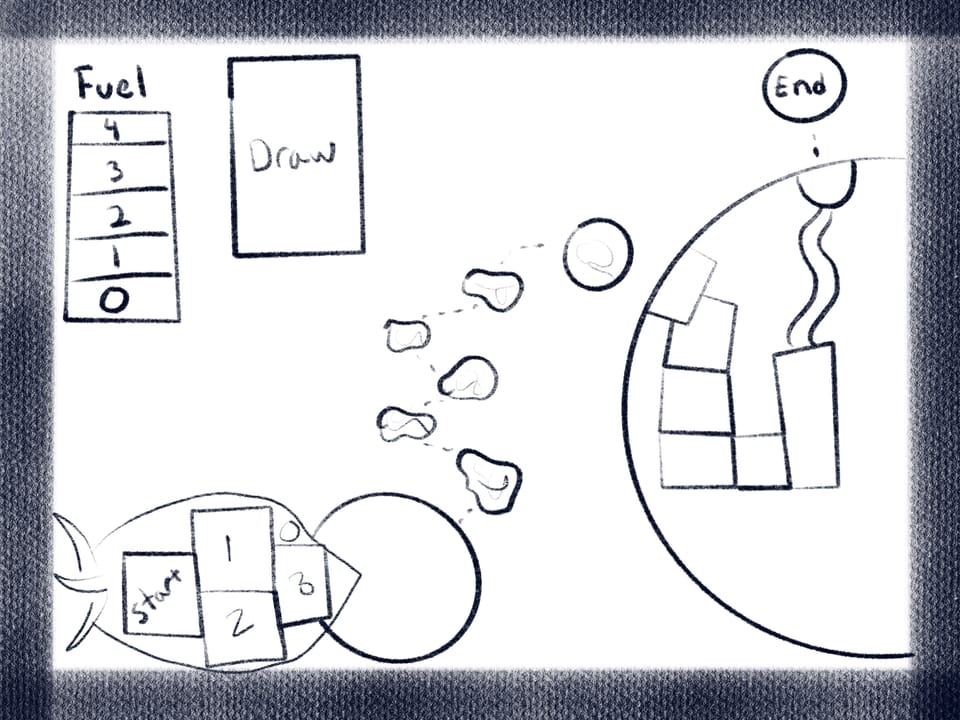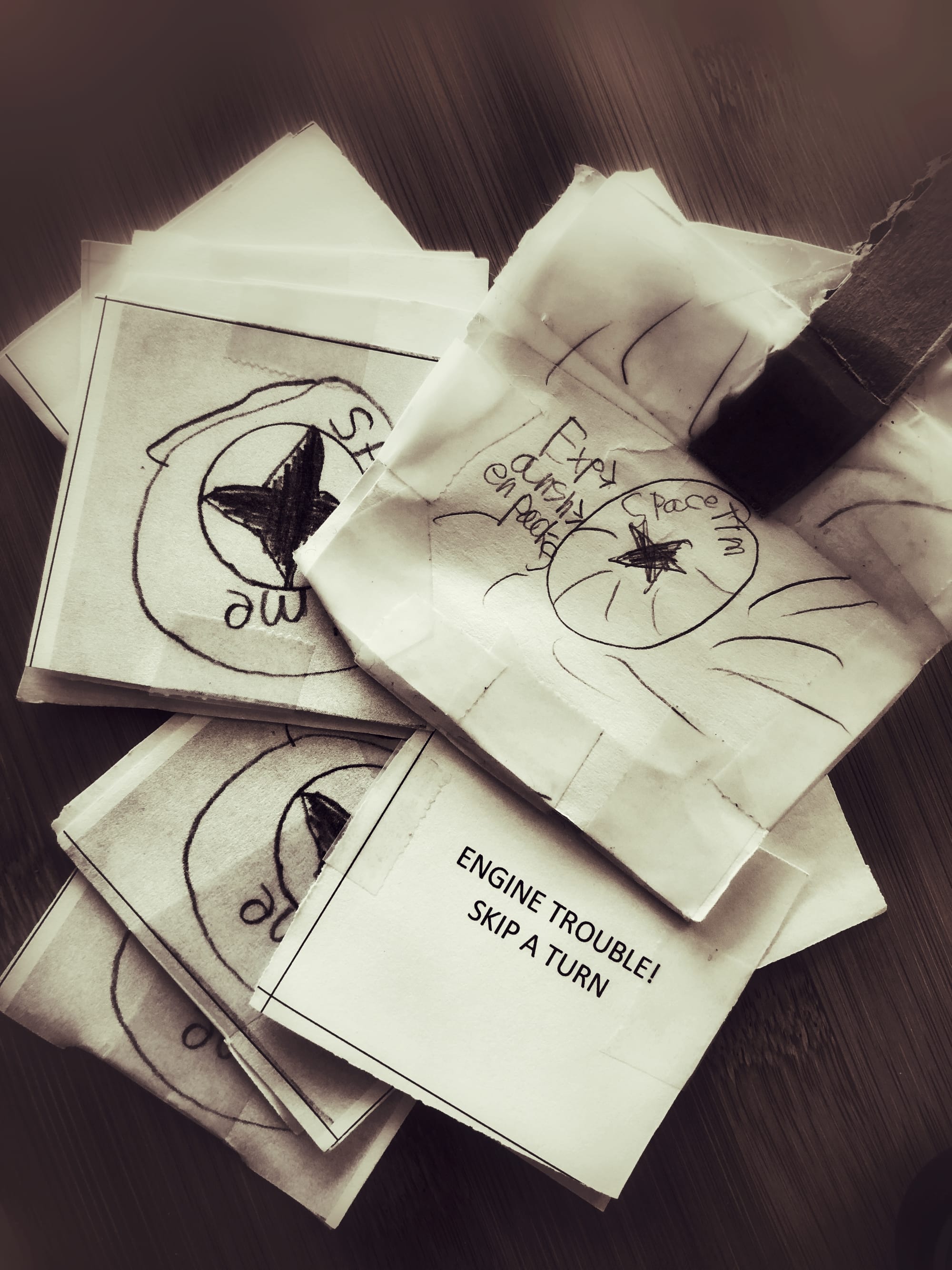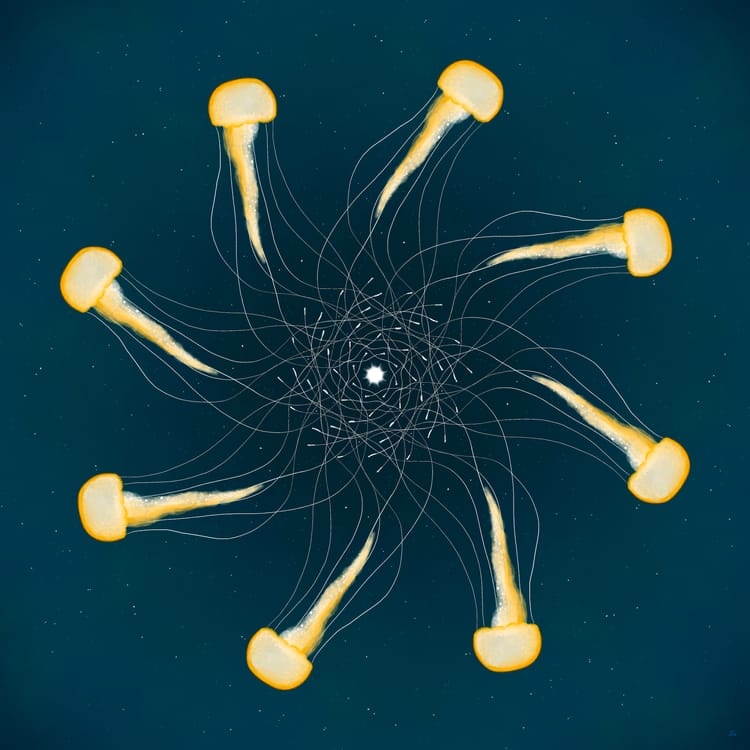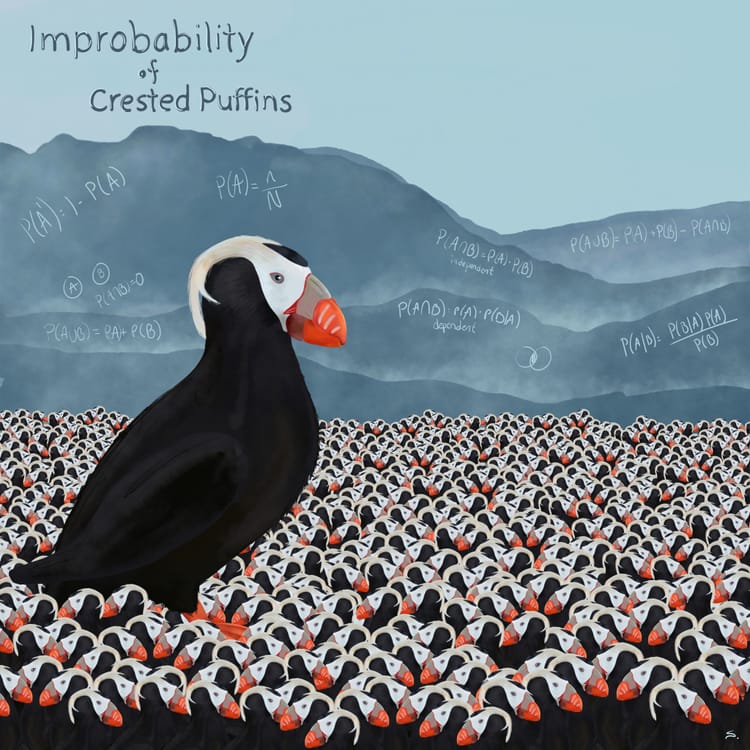Week 29: Design a Game


This week learners can brainstorm game ideas and test them out with family and friends. Games can be prototyped with paper, clay, cardboard, maker equipment, and/or craft supplies. When I do this with classes, we often play or analyze games that we love prior to designing our own. This allows learners to incorporate aspects that work and exclude things they don’t like. Some rankings from students have been on ease of setup, how long it plays, how long it takes to learn, balance of strategy/chance, fun factor, and uniqueness.

Once learners are ready for their own game design, you can encourage them with the following prompts:
- Does your game have a theme or story?
- (Sometimes a theme or story can engage different sets of users.)
- Is your game competitive or collaborative?
- Do you want to work together or separate?
- Is your game going to be more strategy or chance?
- How can you add elements of strategy and/or chance?
- What does the set-up look like for the game?
- Does it take a long time, or is it easy?
- How does a player take a turn?
- What is the algorithm for turns?
- What is the goal of the game/how do you win?
- How many players can play without making it take to long?
- Is there a way to change how the game plays each time?
- How can you add variety to game play?
Items that learners may want to include in their game: pieces, board, box, instructions, dice, cards, tokens, etc.
My daughter and I designed a penguin game together here.







Member discussion